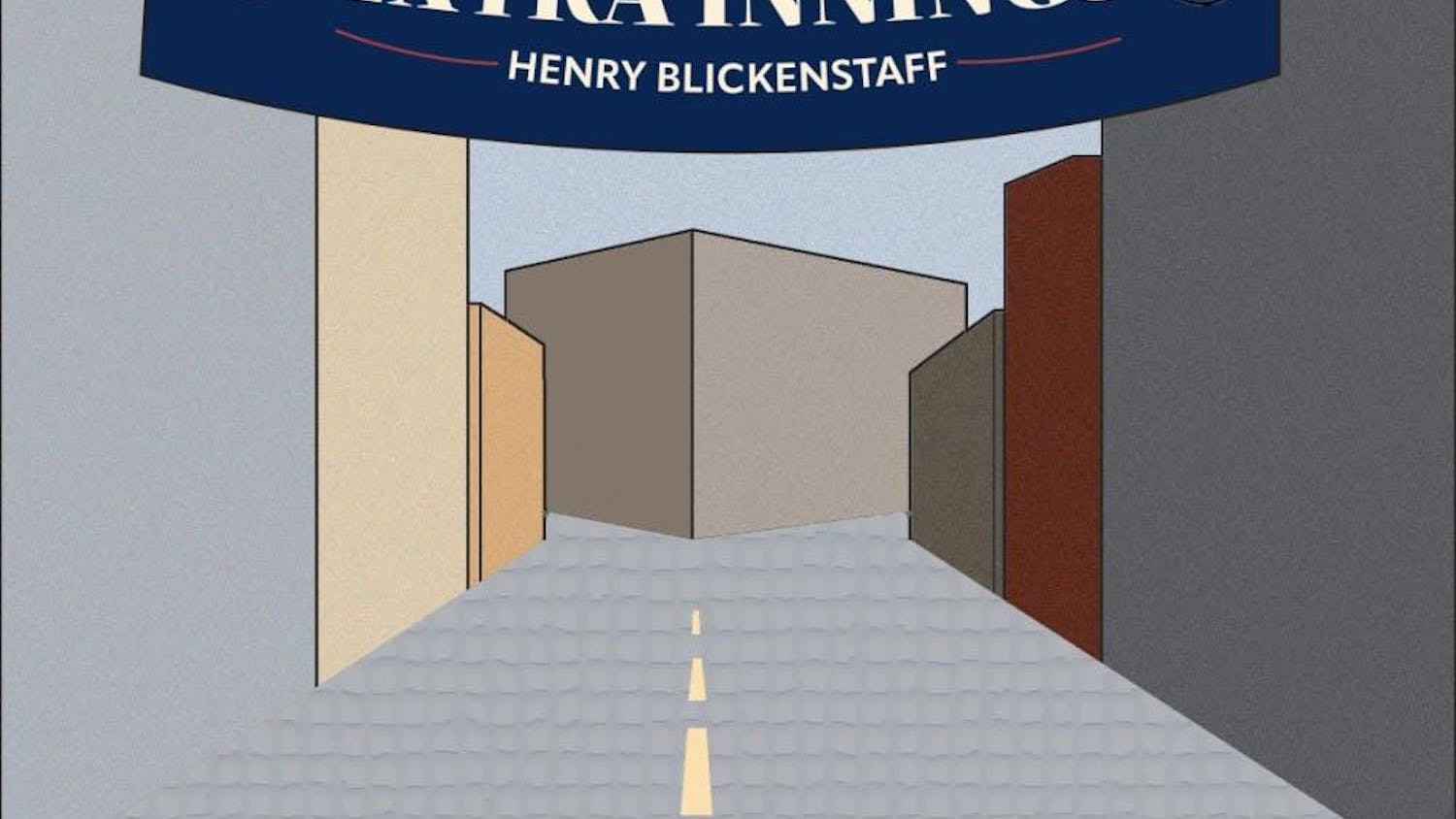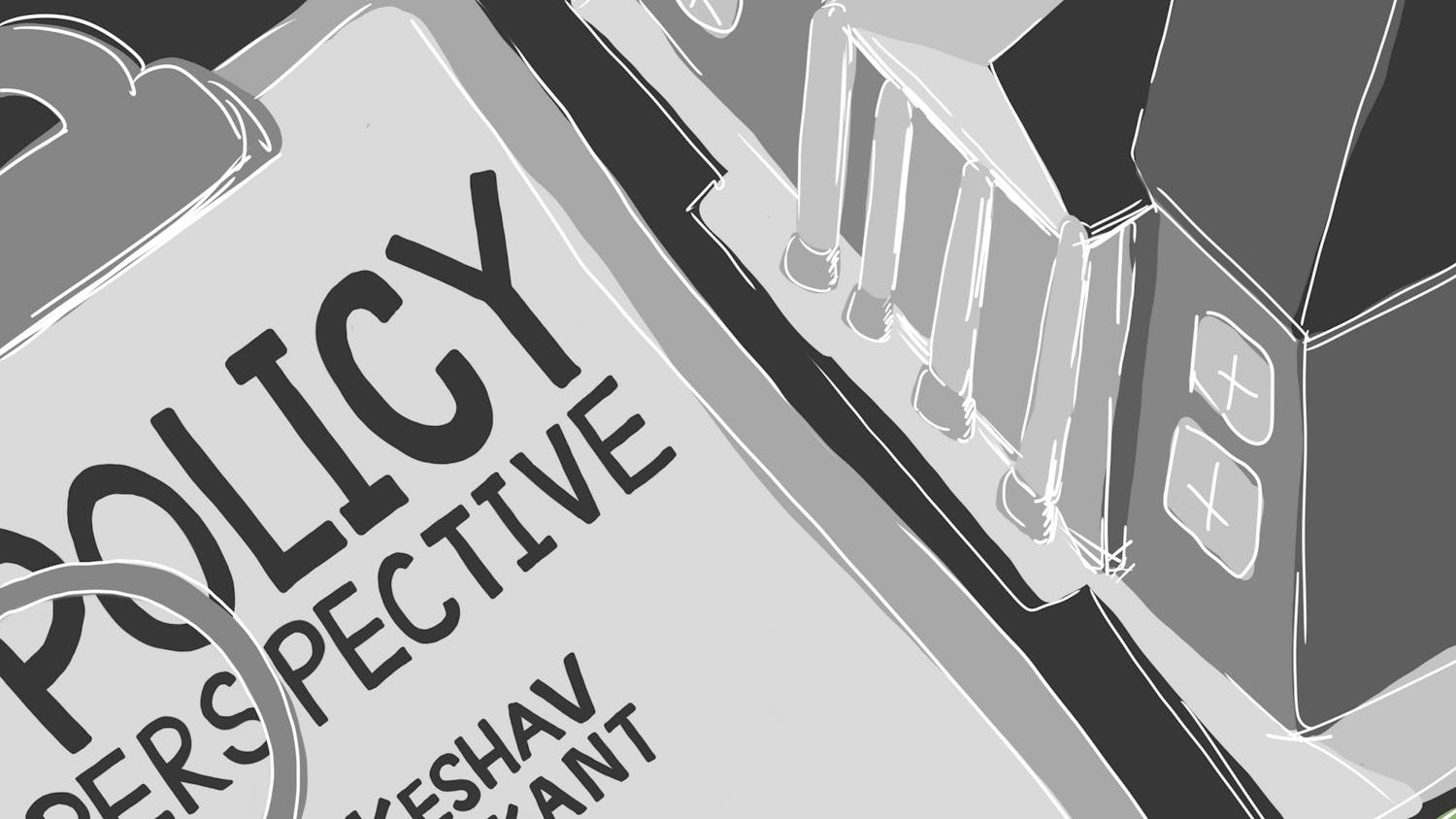When I was a sophomore in high school, I inherited my grandparents’ old records. I wiped away the dust and obtained the proper Kallax series shelving unit from Ikea to house them. I pulled out my dad’s old boxy turntable and hastily fastened a belt out of a headband -- totally with the intention of getting a real one but it worked so well that I never did. Every night before doing homework, I’d stick a record on the turntable. Some were warped, so I would rush to lift the needle as one phrase of “‘Round Midnight” (1944) eerily played over and over. My small collection grew as I searched thrift store milk crates and accepted donations from Chaz, a family friend and the resident antique collector of my hometown. We spent hours going through a cluttered shed filled with vinyl -- everything from Bob Dylan to Yma Sumac. Arms full, I would come home and spread them out on my bedroom floor.
When leaving for college, I had a feeling that transporting five boxes of records across the country might not allow me to enter freshman year unencumbered by emotional and literal baggage. So I chose a few to take with me. I didn’t think about it much and threw some in the bottom of a box of winter coats: "Theme for the Eulipions" (1975) by Rahsaan Roland Kirk, "Songs in the Key of Life" by Stevie Wonder (1976), the "West Side Story" (1961) soundtrack, Al Green’s Greatest Hits (1975), "Astral Weeks" by Van Morrison (1968), "A Chorus Line" (1985) soundtrack, War’s "Greatest Hits" (2008) and "First Take" by Roberta Flack (1969). Or what I like to think would be a very interesting dinner party.
When decorating our suite this year we put these records on our common room wall. When I look at them, I see a visual mixtape. I think about “the journey agent” and atmospheric “oohs” in "Theme for the Eulipions" that my dad probably exposed me to at too young an age to understand -- but that I love now. I think about being obsessed with Al Green for as long as I can remember and finally seeing him at the Greek Theater in Los Angeles. He emerged on stage in a suit and new shiny sneakers while carrying a duffel bag. My parents and I joked that he put his money from the gig in the bag to keep an eye on it. You could tell he was getting older and his voice was wavering but it didn’t matter. I was in the presence of greatness. The Pointer Sisters had opened the show, so there was that, too.
The soundtracks on the wall pay homage to my adoration of musicals and remind me of mother-daughter road trips serenaded by showstoppers. “Maria” from "West Side Story" may have been my initiation into the world of musicals. When I was little, after taking my nightly bath, my parents would wrap me in a blanket and carry me to the living room saying, “I found this baby and she’s so little she doesn’t even know how to sing ‘Maria,’” at which point (perfectly on cue) I would emerge from the blanket doing my best Ethel Merman impression until I was forced to go bed.
To think that a collection of records can conjure up all these memories speaks to the power of music. Musical experiences create a narrative speaking to who we are and where we have been. In one of my favorite music movies, “High Fidelity”(2000), the brooding protagonist says, “The making of a great compilation tape, like breaking up, is hard to do and takes ages longer than it may seem.” And everyday, we are making our own mixtapes to share with others and put up on the wall.
More from The Tufts Daily
Tok the Talk: The epidemic of iPad kids
By
Annika Pillai
| April 23
The Policy Perspective: Reasons to hope
By
Keshav Srikant
| April 22





